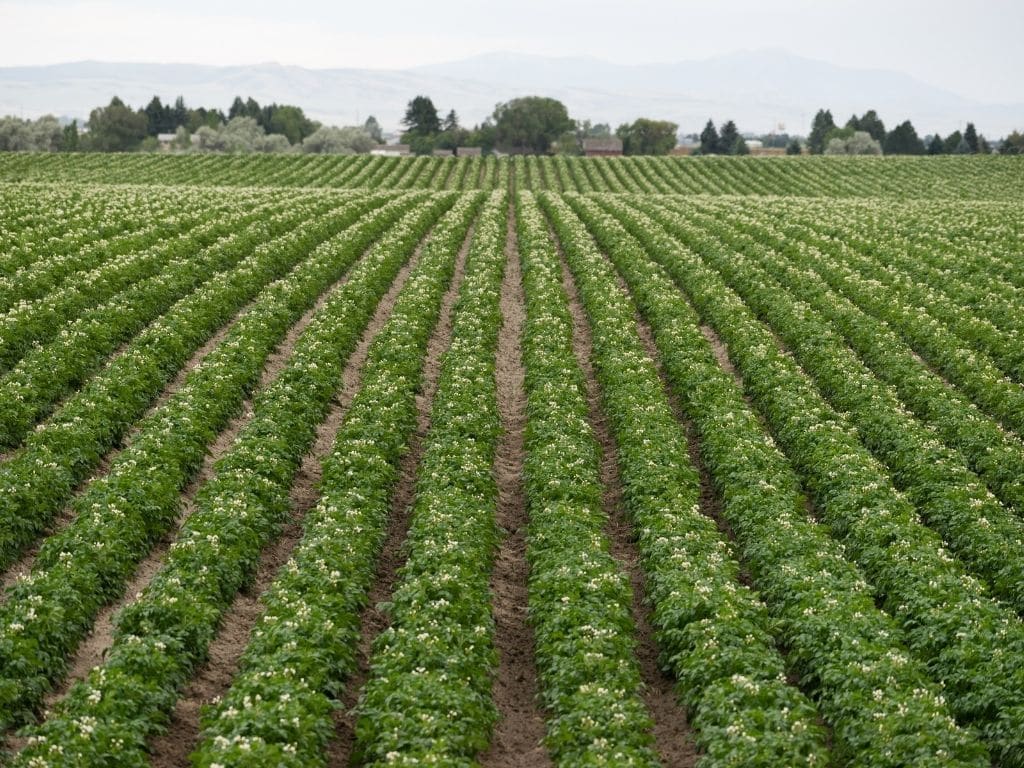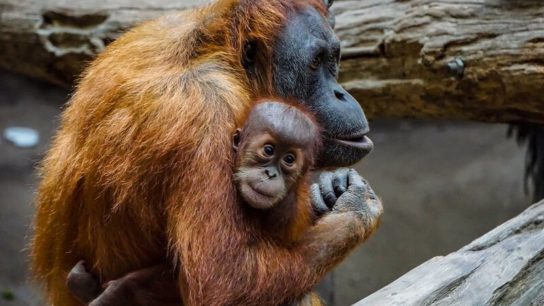Our global food system faces an existential threat: as temperatures rise and weather becomes more unpredictable, many of the crops we are reliant on are unable to adapt and survive. Diversifying the food system is essential in order to safeguard global food security.
—
Many of the dangers of our current global food system are well documented: the ongoing pandemics of obesity and malnutrition, the greenhouse gases produced by livestock farming, and the deforestation and land degradation caused by agriculture. But what is less well documented is the emerging crisis of our crops: how susceptible they have become to extreme weather events, the uniformity of our diets, and the looming extinction of thousands of plant species. The global population is expected to reach up to 10 billion by 2050 and scientists have called for a 70% increase in global harvests in order to feed it. Crop yields, however, are expected to decline as temperatures rise, threatening global food security and potentially triggering political unrest, economic shocks and climate migration.
Over four billion people, more than half the world’s population, rely on just three major crops for their nutritional needs: maize, wheat and rice; whilst 90% of global energy intake comes from just 15 plant species. The modern, industrialised food industry is geared towards uniformity and despite it appearing as if we have more choice than ever when it comes to our food, most of our energy comes from an extremely narrow and oversimplified food system.
How Did We Reach This Point?
In a bid to prevent starvation following the second world war, crop scientists have found ways to mass produce certain grains in what has become known as the ‘green revolution’. Whilst grain production tripled, and the human population doubled between 1970 and 2020, diversity in our crops declined significantly, with thousands of locally adapted, traditional varieties being replaced with a limited range of highly productive ones. This was the beginning of monoculture farming, a method that remains the dominant mode of agricultural production today. Although increasing crop yields has been vital to feed a fast-growing population, monoculture agriculture, in which just one crop is cultivated in order to maximise yields and profits, has wreaked havoc on our ecosystems and biodiversity. The heavy use of synthetic fertilisers and the vast amounts of water needed for crop irrigation have led to degraded soil, polluted waterways, and the draining and destruction of many lakes and rivers. The knock-on-effect on surrounding ecosystems is huge and monoculture farming as a means of agricultural production is highly unsustainable.
Another problem with mass producing and relying heavily on a small number of uniform crops is that they are vulnerable to catastrophes. Crops are selectively bred to produce certain traits, e.g. consistent plant height to allow for mechanised harvesting, and in retaining particular genes, others are inevitably lost, including those that allow them to better adapt to varying climate conditions. This loss of adaptability makes them susceptible to extreme weather events, exacerbated by climate change, as well as to pests and diseases. Loss of crop diversity has also negatively impacted dietary nutrition; many of the crops that were important sources of micronutrients for poorer communities have been lost.
Our current food system is at a dead end; basing global food supply around a limited range of species has led to the rise of monoculture farming and produced crops that are unable to withstand environmental changes brought about by rising temperatures. As the world warms, crop yields around the globe are predicted to decrease, leading us to the question: what can be done to make our global food system more resilient?
You might also like: Food Systems Drive a Third of Greenhouse Gas Emissions, Study Estimates
The Path Forward
To protect our food system from catastrophes, it is crucial that we diversify the spectrum of species grown and eaten. There are over 7,000 edible plant species but fewer than 200 have been extensively domesticated, meaning we are reliant on an extremely narrow range of genetically diverse crops. A report from researchers at Kew Gardens suggests numerous ways in which we can begin to make our food systems more resilient. Neglected and under-utilised species (NUS) will play a significant role in stabilising our food production systems; many wild and genetically unaltered crops are intrinsically more resilient and better equipped at dealing with unpredictable weather than the crops we currently rely on. Identifying and conserving these species is essential, particularly as many of them are being driven to extinction due to deforestation and habitat destruction. Neglected and under-utilised species can also be used in breeding programs with common, mass produced species to create crops that are more resilient to weather extremes. Such breeding programs have already produced squash that is better able to withstand cold weather and drought resistant potatoes.
Bringing neglected and under-utilised species into mainstream agriculture would also provide benefits to surrounding ecosystems; crop rotation aids soil recovery and provides food sources for pollinators and birds which in turn helps in controlling pests and diseases. Cultivating local species would not only strengthen the resilience and sustainability of food production systems and the surrounding environments, but also help to support the livelihoods of local farmers. Currently, there are many subsidies and financial incentives that tie countries into the production of unsustainable crops and NUS crops are not able to compete with these commodity crops in the mainstream agricultural market. Low levels of funding for the promotion of NUS represents a major challenge for their entry into the existing market place and a major overhaul of subsidies and incentives is required in order to make NUS a central feature of our food system.
As Dr Remi Nono-Womdim at United Nations’ FAO (Food and Agricultural Organization), noted, “the widest diversity of crops is intrinsically linked to sustainable agriculture and food systems” and it is essential we harness the potential of NUS to safeguard global food security. Promoting NUS’ role in global food security will require a coordinated effort involving both local stakeholders, such as farmers, and international agencies. Calls have been made for the establishment of an international NUS fund dedicated to promoting their inclusion in mainstream agriculture, as well as certification schemes that would recognise biodiversity rich products. NUS can provide a lifeline to millions of people suffering from the effects of climate change and food insecurity and offer us a path into a more resilient, bio-diverse and sustainable global food system.













